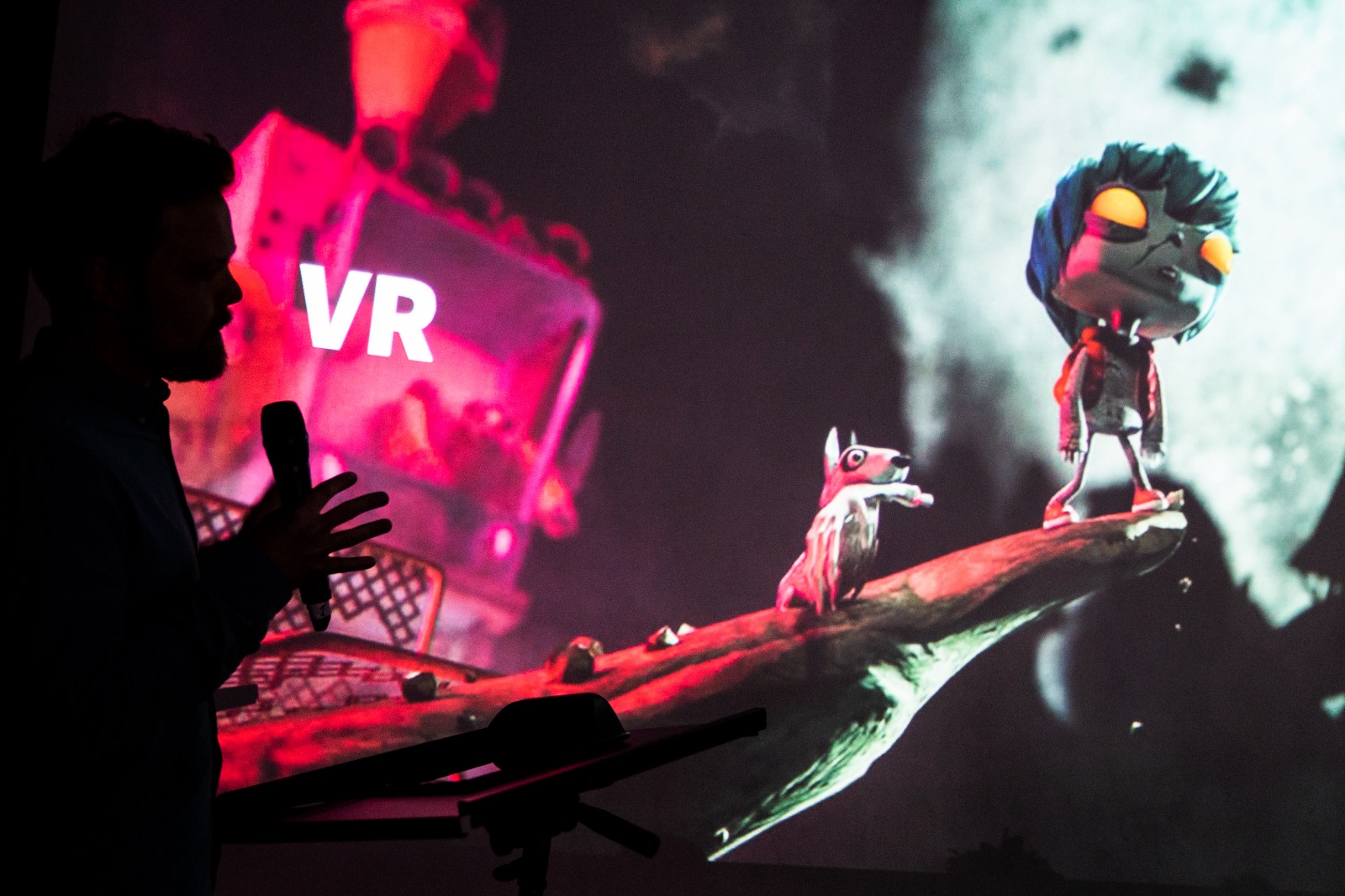Each year in March we take a team to Austin to find the newest and most important trends in brand and tech to help inform both our own and our clients strategies for the coming year. This month we returned to our favourite event space in Islington armed with food, drink and everything we learned at SXSW ready to share all with our guests.
This year we identified three key themes within the conference, these were: Experiences, Data and Empathy. With these in mind we crafted an evening with the most important take-away’s for our attendees.
Experiences
Infinite Content
Content is available to us is a vast array of forms these days, will we see AI and spatial computing coming to the fore to help curate content specific to our more immediate needs?
With content being so readily accessible, the context in which we access it needs to adapt. New technologies and concepts such as audio AR could well become mainstream as we move towards an age of smart information where our environment dictates what we see and hear ever more regularly.
“If content is king, then context is key!”
VR
VR is still very much in its infancy, with developers and designers butting up against its limitations all the time. The “Uncanny Valley” is still a roadblock in creating hyper realistic environments.
There’s a swing towards using VR to create immersive environments that move away from replicating our own world, and creating totally new ones that can embody a brand story or message far better than our own could. creating these interactive experiences allows users to experience a story in their own unique way.

‘Gloomy Eyes’ Is A Dark, But Gorgeous VR Animation With A Ton Of Heart — Kyle Melnick
“Movies have viewers but VR has visitors” — Jessica Brillhart
Using technologies like VR and AR to create mixed realities to show people how your brand moves and feels (as opposed to its colours, shape and logo) in an immersive environment can help improve feedback and brand engagement. It needn’t be a brand gimmick any longer.
Audio AR
Audio AR was mentioned earlier in the talk, an early adopter of this concept is Bose, having released their Bose AR products recently. Their AR sunglasses will allow users to take in data about their surroundings, interact with stories and apps in new ways, talk to their virtual golf caddy, or do boring things like listen to music.
Wearables
EEG technology is becoming more accessible and could see some interesting uses within training and user testing. The Emotiv Headset can give a live image of a persons brain activity, with measurable data on focus, stress, relaxation, excitement and interest. Pairing this headset with a learning experience to check on course design is one possible application. Plugging in users whilst testing different website designs or whilst showing a brand activation could help you to gauge effectiveness.
AI
AI and Machine learning should be used not to replace human operations, but to automate the boring processes to speed up what we can do. This technology should be used to enhance UX, not define it.
“Find the repetitive, error prone, joyless work and give it to the machines” - Josh Clark
Data
Data is the new oil”. Much like oil, the real value of data comes from its processing and distillation. Data can be gathered everywhere, IoT devices record our voices, wearables record our biometric data and we even pay companies to collect, store and analyse our DNA. We are all increasingly more careful with how and where we share our personal information.
IoT/smart devices can be used to monitor at risk family members or to recognise trends and to help automate peoples lives. Data captured by brands can be paired with machine learning to help tailor products and marketing activities to the user.
A moment from our panel where we posed questions on the future of technology and brand for our client.
Empathy
Designing websites and products with inclusivity and empathy in mind needs to go beyond AA/AAA guidelines. Over 1 billion people in the world are disabled in some way and we need to change our perspective on what disability is and how it is accounted for.
You also need to think about contextual disability, screen glare is an example of this. A parent holding a child has the same disability (in that moment) as a user with only one hand. Empathetic design can help to save you time and money, making a single instance of your product or website that has been built considering as many different needs as possible means you will not have to generate multiple different experiences for different groups.
Some of the best performing companies are using design thinking and building empathy in to their user experience at every level. Empathy in design starts at the top and should become a cultural element in all companies. It is everyone's job to help with this aspect of brand and UX, not just the designer.
We will be diving in to some of these subjects in more detail soon, with our guest speakers giving their opinions on how and where we will see these trends emerging in the future so make sure you subscribe to our newsletter to keep up to date. If you would like to request a copy of the presentation slides email us now and we will get back in touch.
We help you confidently navigate an ever more complex digital world. So if your brand needs one agency to create a relevant story and build the tools you need, then let’s have a chat.